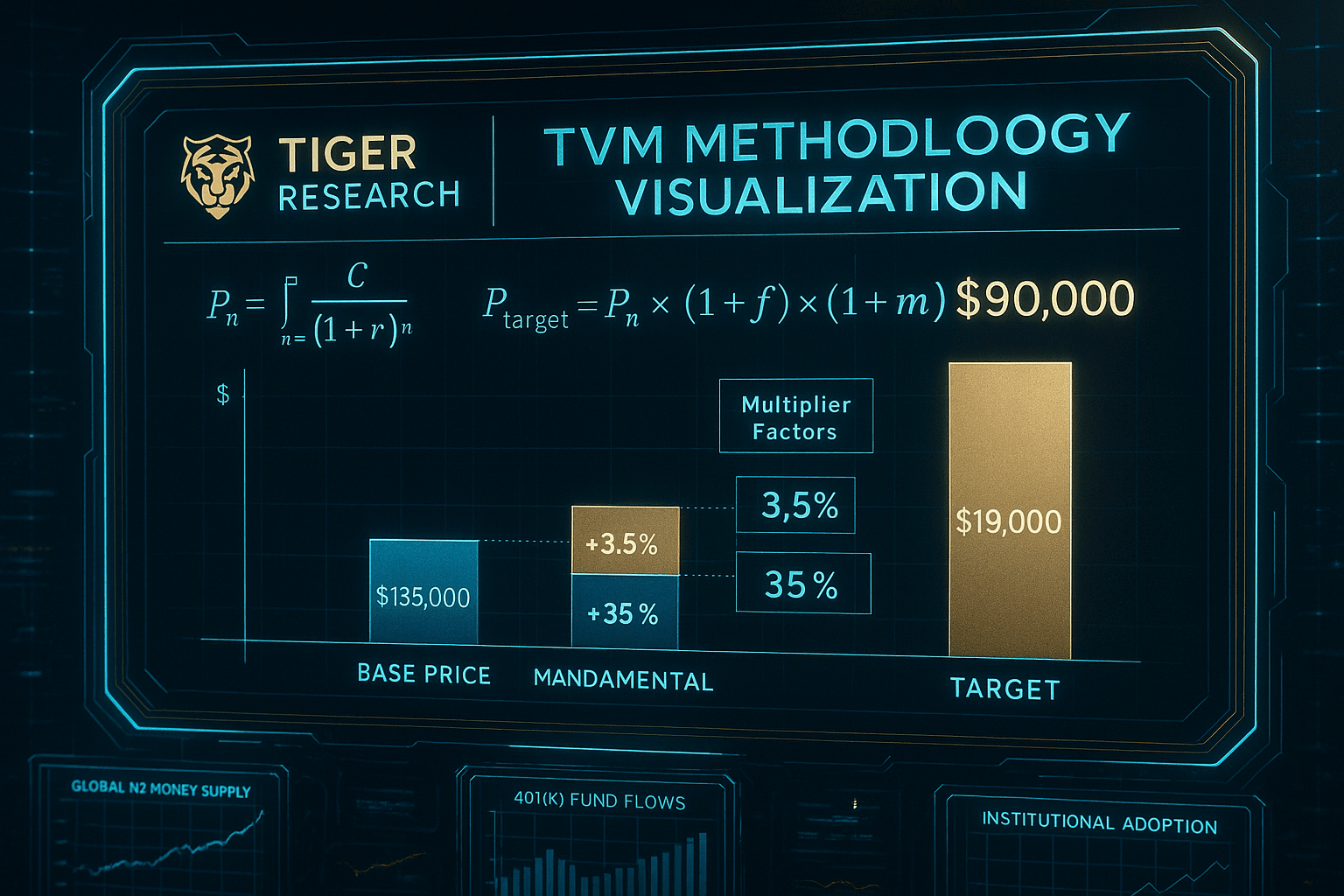
Tiger Research has just released a report that has the market buzzing: Bitcoin will reach $190,000 in the third quarter of 2025. Behind this seemingly crazy prediction is a solid analytical foundation. Three core driving forces are simultaneously at work, pushing Bitcoin to new historical heights.
The first engine is the unprecedented global liquidity overflow. The M2 money supply of major economies has surpassed $90 trillion, setting a record in human history. Trump continues to pressure the Federal Reserve to cut interest rates, and the central bank's dovish stance is becoming increasingly evident. As the yields on traditional bonds and savings products continue to decline, investors naturally turn their attention to Bitcoin. Historical data clearly shows a significant positive correlation between M2 growth rates and Bitcoin prices; this structural capital flow is not short-term speculation but rather a long-term asset allocation adjustment.
The second driver is the acceleration of institutional adoption. The U.S. spot Bitcoin ETF currently holds 1.3 million Bitcoins, accounting for 6% of the total supply. MicroStrategy is even more aggressive, holding 629,376 Bitcoins worth $71.2 billion, and continues to buy more through bond issuance. Japanese 3D housing manufacturer Lib Work has announced a Bitcoin reserve strategy of 500 million yen, and an increasing number of listed companies are joining this trend. This global spread of enterprise-level adoption is forming a new layer of demand.
The third engine is the most revolutionary. An executive order from the Trump administration on August 7 allows 401(k) retirement accounts to invest in Bitcoin, opening the door to a $8.9 trillion pool of funds. Even with a conservative 1% allocation, this means a potential inflow of $8.9 billion. More importantly, the nature of 401(k) funds is long-term holding, and once invested, they are unlikely to exit easily, fundamentally changing Bitcoin's market structure.
Tiger Research uses a unique TVM methodology to arrive at the $190,000 target price. They first establish a base price of $135,000, excluding extreme emotional factors, and then apply a 3.5% fundamental multiple and a 35% macroeconomic multiple. This multi-layered analysis makes the prediction more credible.
The market structure is undergoing profound changes. The average daily transaction count has dropped from 660,000 to 388,000, but the amount per transaction has significantly increased. This shift from small frequent transactions to large infrequent ones clearly reflects the trend of decreasing retail influence and rising institutional dominance. Even though indicators like MVRV-Z suggest overheating, the continuous accumulation by ETFs and enterprises provides solid support, limiting the risk of substantial declines.
The increase from the current $113,000 to $190,000 signifies a 67% upward potential. Although this number is aggressive, looking back at history, such increases during Bitcoin bull markets are not uncommon. More importantly, this rise is driven by institutional demand and macro factors, rather than retail speculation, making it potentially more sustainable and stable.


